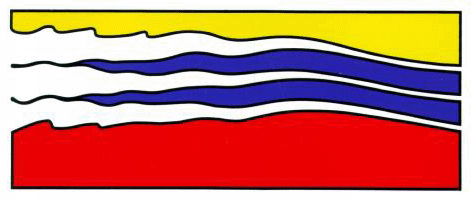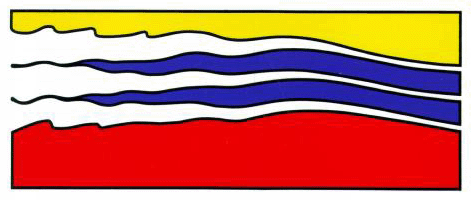
4111 Monarch Way, 3rd Floor
Old Dominion University
Norfolk, VA 23508
757-683-4940


The results of laboratory experiments to examine the
influence of the Kelvin numer (K) and fractional depth (h/D) on bulge
formation from buoyant outlfows from an estuary or strait perpendicular
to the coastline will be discussed. Here K=W/R is the ratio of the width (W) at the mouth
of the estuary to the deformation radius (R), and h and D are the
buoyant layer and ambient ocean depths respectively. Measurements of
velocity and lateral sheer
Reference: Huq, P., 2009. "The Role of Kelvin Number on Bulge formation
from Estuarine Buoyant Outflows." Estuaries and Coasts, 32:709-719.
(≈ relative vorticity ζ) at the
baymouth are reported for experiments on a flat-bottomed rotating
turntable. The form of the velocity profile across the mouth depends on
the value of K. The buoyant outflow flows across the entire width of
the estuary for narrow estuaries (i.e., K≤1). In contrast, for wide
estuaries (K>2) dense oceanic water inflows on the left and the buoyant
waters outflow on the right (looking seaward). Velocity profiles of
the inflowing oceanic waters are laterally uniform with velocities (V/C
≈ -0.4), wheras velocity profiles of the outflowing buyoant waters
are laterally sheared with peak velocities of V/C ≈ 1. at the
right hand exit. The flow pathways when bulges form comprises an
anticyclonic turn offshore of the mouth and a downshelf propagating
coastal current. Anticyclonic bulges form for surface advected outflows
h/D<0.25. Anticyclonic bulges do not form for sufficiently large
magnitudes of non-dimensional relative vorticity ζ/f (>0.4), and an
additional flow pathway is that buoyant waters recirculate back
cyclonically into the estuary at the left hand (upshelf) side of the
estuary. The offshore extent of buoyant waters associated with this
cyclonic recirculation can be as large as 7R.
Dr. Pablo Huq received a B.Sc. in Civil Engineering from the University of Glasgow, Scotland, a M.S. in Environmental Engineering from Cornell University, and a Ph.D. in Fluid Mechanics from the University of Cambridge, UK. He is an associate professor at the University of Delaware's College of Earth, Ocean and Environment and his research focuses on laboratory experiments on density stratified turbulence and rotating flows.

|
Innovation Research Park Building I 4111 Monarch Way, 3rd Floor Old Dominion University Norfolk, VA 23508 757-683-4940 |

|